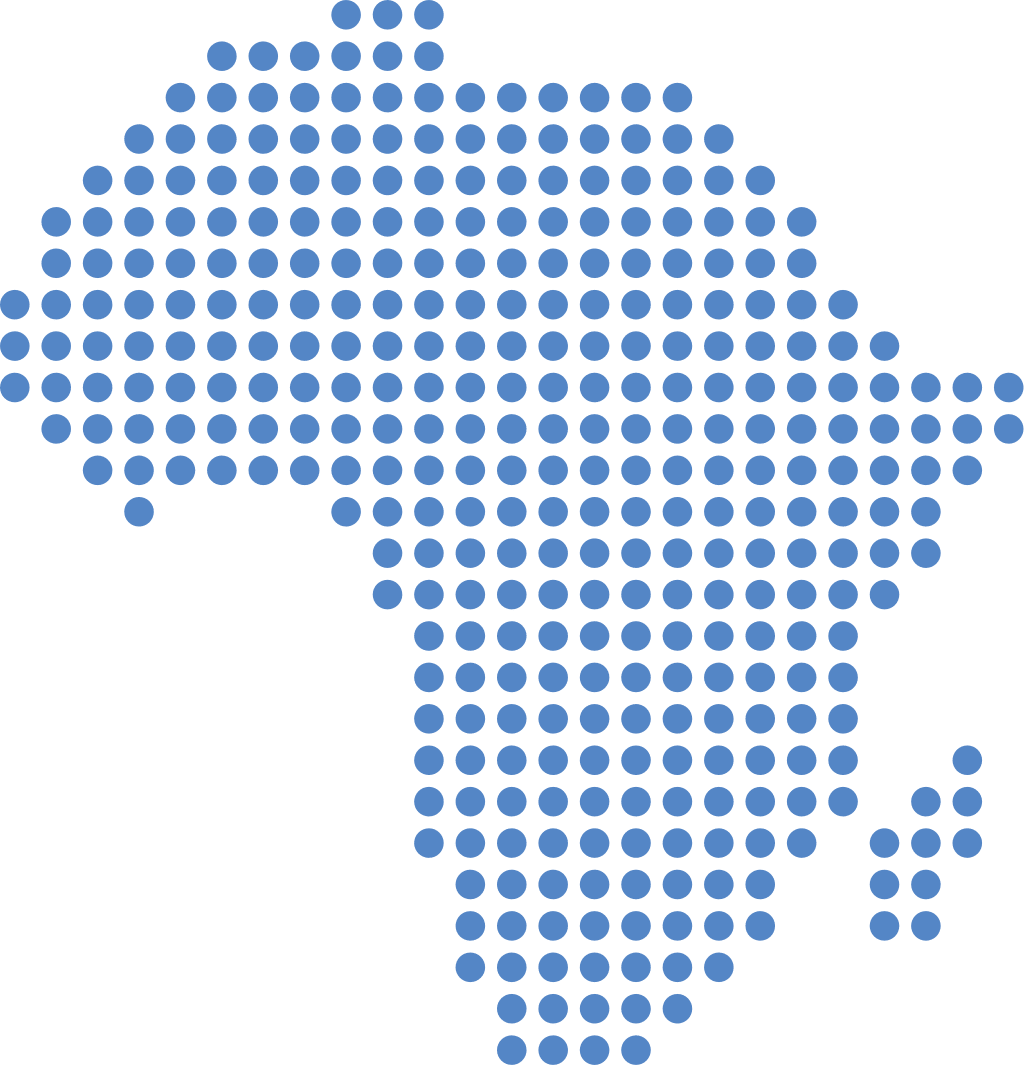In recent years, there has been growing awareness that addressing gender inequality in science is not enough. Inequalities often overlap, such as those based on race, age, disability, or socio-economic…
In recent years, there has been growing awareness that addressing gender inequality in science is not enough. Inequalities often overlap, such as those based on race, age, disability, or socio-economic status. Taking a broader approach makes research, grant-making, and human capital development fair and inclusive. That’s where intersectionality comes in.
A new report, Intersectionality in Research, Grant-Making and Human Capital Development, explores how African Science Granting Councils (SGCs) can use intersectional approaches to build more inclusive science systems. The Human Sciences Research Council (HSRC) carried out the study under the Science Granting Councils Initiative (SGCI), with support from the German Research Foundation and South Africa’s National Research Foundation.
Why Intersectionality Matters
In simple terms, intersectionality looks at how different aspects of a person’s identity, like gender, age, disability, and class, combine to create unique experiences of disadvantage. For example, a young woman with a disability in a rural area may face different challenges than an older, urban male researcher. Recognising these differences makes policies and programs more targeted, effective, and fair.
Traditionally, many funding programmes focused only on gender and often treated it as binary (women vs. men). This limited approach overlooks the real complexity of people’s lives. Intersectionality offers a way to go deeper and make research more impactful for everyone, not just women but all underrepresented groups.
What the Report Covers
This integrated report presents findings from three key research components:
- A systematic literature review of global and Africa-focused intersectional research
- Interviews with intersectionality experts to learn from their methods and experiences
- Reviewing SGCs’ institutional policies to see how intersectionality is currently being applied, or overlooked, in practice
Together, these strands offer a comprehensive view of how well intersectionality is understood, used, and supported in the African research funding landscape.
Key Findings
1. Literature Still Lags Behind
Most existing research using intersectional frameworks comes from the Global North, especially North America. In Africa, South Africa dominates, with very few studies coming from other countries. Most of this research is published in the social sciences and humanities, using qualitative methods. There is very little from STEM fields or using quantitative approaches.
2. Focus is Narrow
While gender is a common theme, other social identities—such as disability, age, or ethnicity—are often ignored. The research also found that funding is mainly directed at topics like gender, race, and class, leaving many other intersecting issues unexplored.
3. Personal Commitment Drives Innovation
Interviews with researchers revealed that many pursue intersectional work because of personal experiences of inequality. They emphasised that good intersectional research requires self-reflection, ethical responsibility, and a deep understanding of the communities they work with.
4. Council Policies Are Gender-Focused, But Limited
Many African SGCs have made progress in promoting women in science, offering targeted grants, setting gender quotas, and celebrating achievements. However, intersectionality is rarely mentioned explicitly in their policies. While some councils mention disability and age (mainly in youth-focused programmes), few take a broader, more inclusive approach.
Moreover, terms like “marginalised” or “vulnerable” are often used without clearly defining which groups are meant. This lack of clarity makes it hard to design policies that truly reach those in need.
Recommendations for Science Granting Councils
To improve inclusion and impact, the report offers five key recommendations:
- Move beyond gender alone: Councils should integrate intersectional gender analysis into all aspects of research and funding, from policy design to programme implementation.
- Specify who is marginalised: Avoid vague terms. Instead, clearly define groups based on race, age, disability, socio-economic status, and other relevant identities.
- Promote intersectional research: Support studies that explore a wider range of social identities. This could include issuing special calls, funding fellowships, or hosting workshops on intersectional methods.
- Support underrepresented researchers: Most intersectional research still comes from a small number of countries. Councils should invest in building research capacity across the continent, especially in countries currently underrepresented in this space.
- Encourage new methods and tools: More work is needed to develop practical guidelines for applying intersectionality in research and funding. Councils can support this by funding theoretical work and creating platforms to share best practices.
In Summary
This report clarifies that intersectionality is not just a buzzword – it’s a necessary tool for fair, impactful, and inclusive science systems. African Science Granting Councils are in a powerful position to lead this change. By adopting intersectional approaches, they can ensure that their funding reaches the full diversity of researchers and that science in Africa benefits everyone.
Themes
The SGCI aims to strengthen the capacities of these SGCs to support research and evidence-based policies that will contribute to economic and social development.

